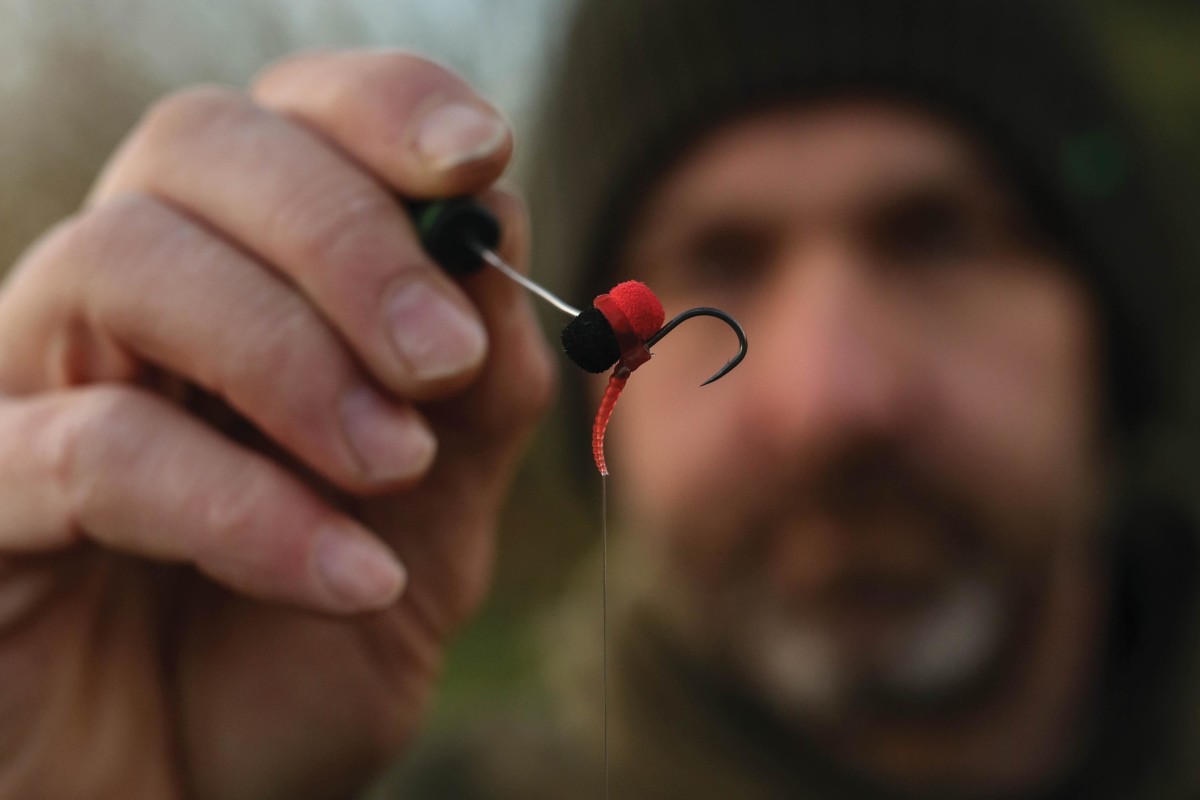
Zigology With Lewis Read
Lewis Read looks at the origins, development and potential effectiveness of fishing anywhere but on the bottom…
Targeting midwater carp with anchored baits set on long links isn’t anything new. However, there has been a meteoric renaissance in terms of the application of the method throughout the seasons. This evolution has naturally come about as a direct consequence of our increased understanding of carp behaviour, and quite possibly, the rise in the proliferation of mega, clear-water, gravel pit carp fisheries has helped drive this progression too.
Whereas, the method was initially developed and perceived as a warm-weather technique, the more clued-up specialist anglers soon realised that it was capable of unlocking waters through the winter and spring. Fishing little bits of foam accounted for an inordinate number of big fish from waters all across the country—and for a short while, it was kept largely under wraps. Thinking back, in my mind it was the guys fishing the famous Oxfordshire complexes who really set the scene regarding what was to come. In truth, the method was being used to extraordinary effect on venues the length and breadth of the country, as the anglers who fine-tuned the approach in ‘Oxland’ were from a geographically spread base. It was one of those melting-pot scenarios when development of a method was extremely rapid.
Considering the limited time that carp are likely to browse across the lakebed, it beggars belief that targeting midwater carp didn’t become more popular sooner! The more elderly amongst us might remember fishing anchored crust, and this would have been the catalyst to many of us catching carp a little more consistently outside the classic feeding periods, when they are likely to be snuffling and truffling through the sediment, foraging for invertebrates.
Without getting too doe-eyed and sentimental about the past (and making myself sound like an old duffer), I look back at my formative carp angling, fishing Chum Mixers on long mono hooklinks that we called ‘suspendeds’ in the Royal Parks’ lakes at Bushy Park, as where I earned my carp-fishing stripes. This is also where the effectiveness of having baits off the deck was ingrained. However, even after that grounding in Zigging, I would admit my own use of this method shamefully took a back seat for far too many years. That was until one fateful day, whilst fishing on Pit 3 at Frimley, when I was cajoled into giving them a try by a departing angler—a very skilled all-rounder named Dave Green—as he had just caught a few cracking fish on Zigged stacks of pop-up corn.
As I lowered my gear delicately at the back of the swim, there were a number of carp still present, travelling in a loose shoal backwards and forwards along the lake. The majority were shadowy silhouettes, sitting about a foot or so under the surface, with most the group concentrated roughly parallel with the bank and drifting from the end of the bar in front of the Gravelly, down towards the open water in front of Single Boards and back again.
It was the perfect Zig-fishing scenario, and I’d soon tied up and over-cast a couple of rigs with small leads, having guesstimated the link lengths. I feathered the leads down a couple of rod-lengths beyond the fish, and reeled them back steadily before I dropped them to sit on the right line, on the busiest patrol route. My offerings were tiny flecks of yellow foam, just a little bit larger than a grain of corn, fished tight to the back of small, curve shank-style hooks, and the day turned into a red-letter session. It was a bobbins bonanza, as my old mate Rick would say, and it led to some really enjoyable fishing on there—a happy and exciting time.
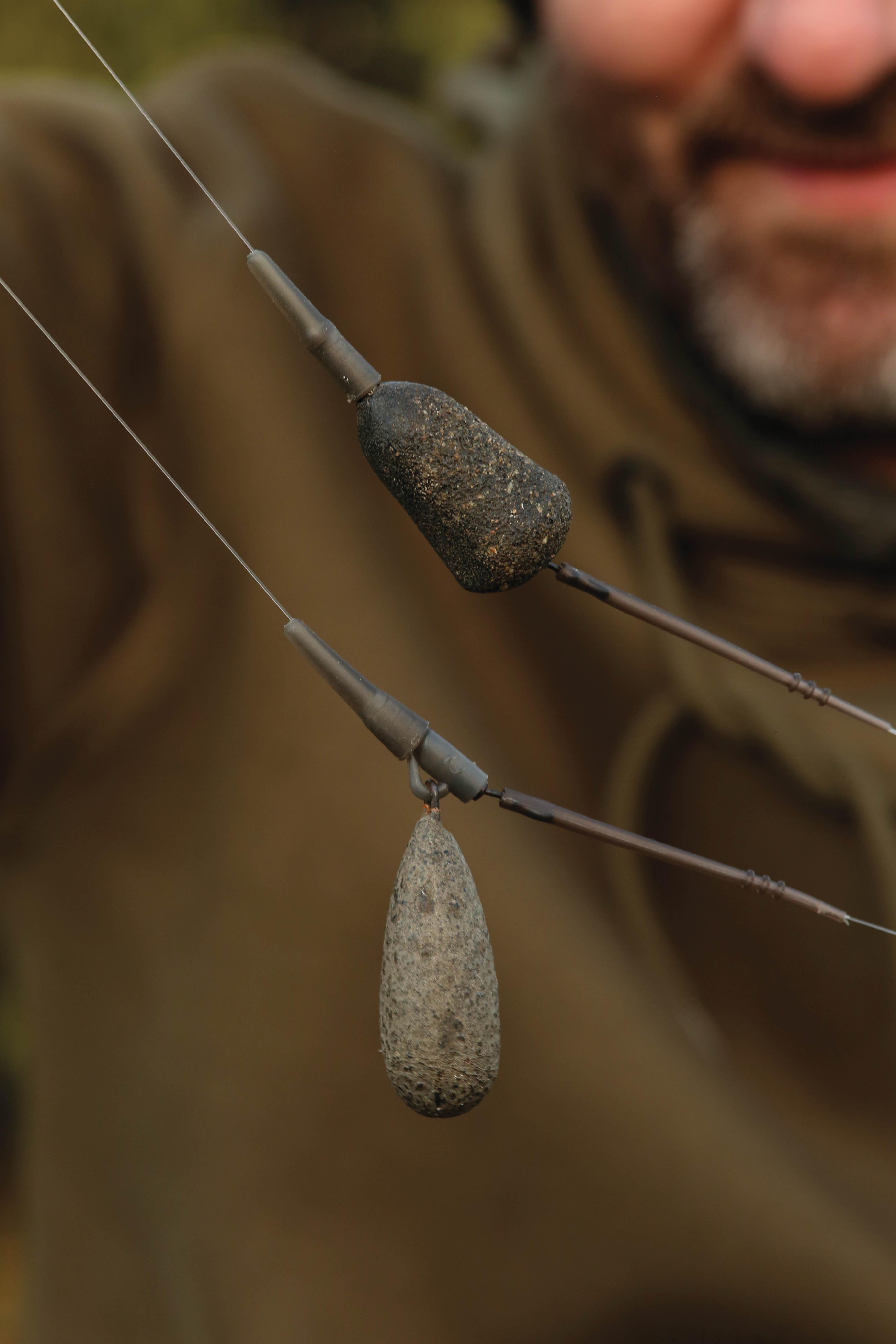
I could quite easily have ended up fishing conventionally, shall we say, and missed out big time. The point I’m making is simply that the period on Pit 3 reminded me of how effective Zigs were. When you go through intense periods of angling using a slightly different method to your normal approach the benefits reach far beyond catching the odd carp here and there. It allows you to add a tried, tested and mastered technique to your angling repertoire. It keeps your angling fresh, and it also equips us as fuller anglers for the future.
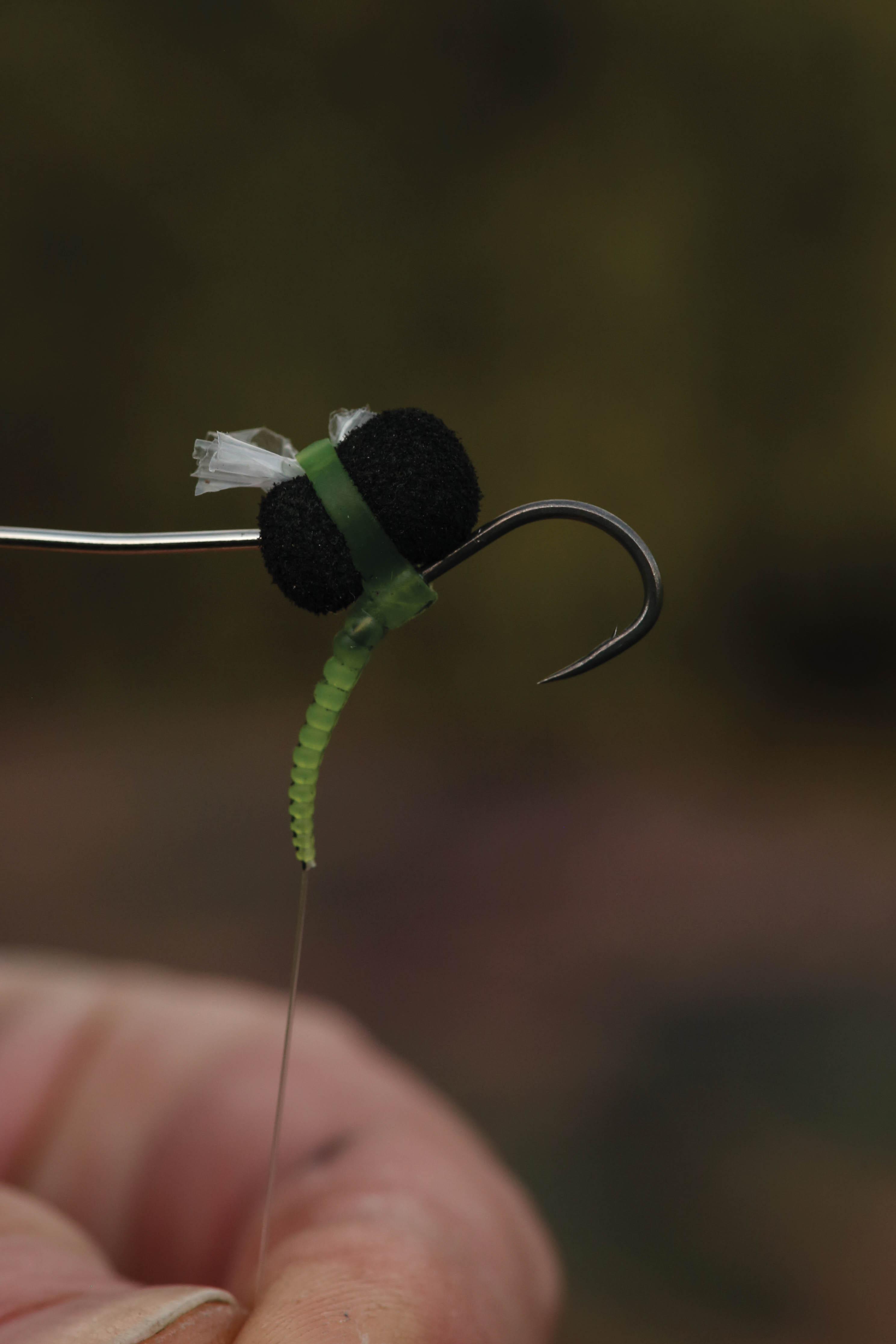
Realistically, the basic long-link Zig approach has changed very little in recent years. Lead arrangements are pretty foolproof, and conventional Zigs can be fished effectively in conjunction with lead clips and inline leads, the lead tailored to come off immediately if there is weed present. Big leads, heavy bobbins and tight lines help to ensure the most effective hooking and bite indication, but now and again, it’s necessary to take a slightly stealthier approach, with small leads, in which case bites can be a bit dithery.
Where the real revolution came—which arguably elevated the method stratospherically—was the nature and style of the hookbait. From an early stage, the savviest switched-on anglers were attempting to naturalise the foam by threading bits of nylon through it to make their lure look like a bloated, emerging insect. Whether they catch more than a nicely trimmed bumblebee hookbait is subjective, but it wasn’t detrimental, that’s for sure. The original idea jump-started a whole new concept, and there is no doubt that the refined insect Zig hookbaits which came along a little later are extremely effective. They look so good!
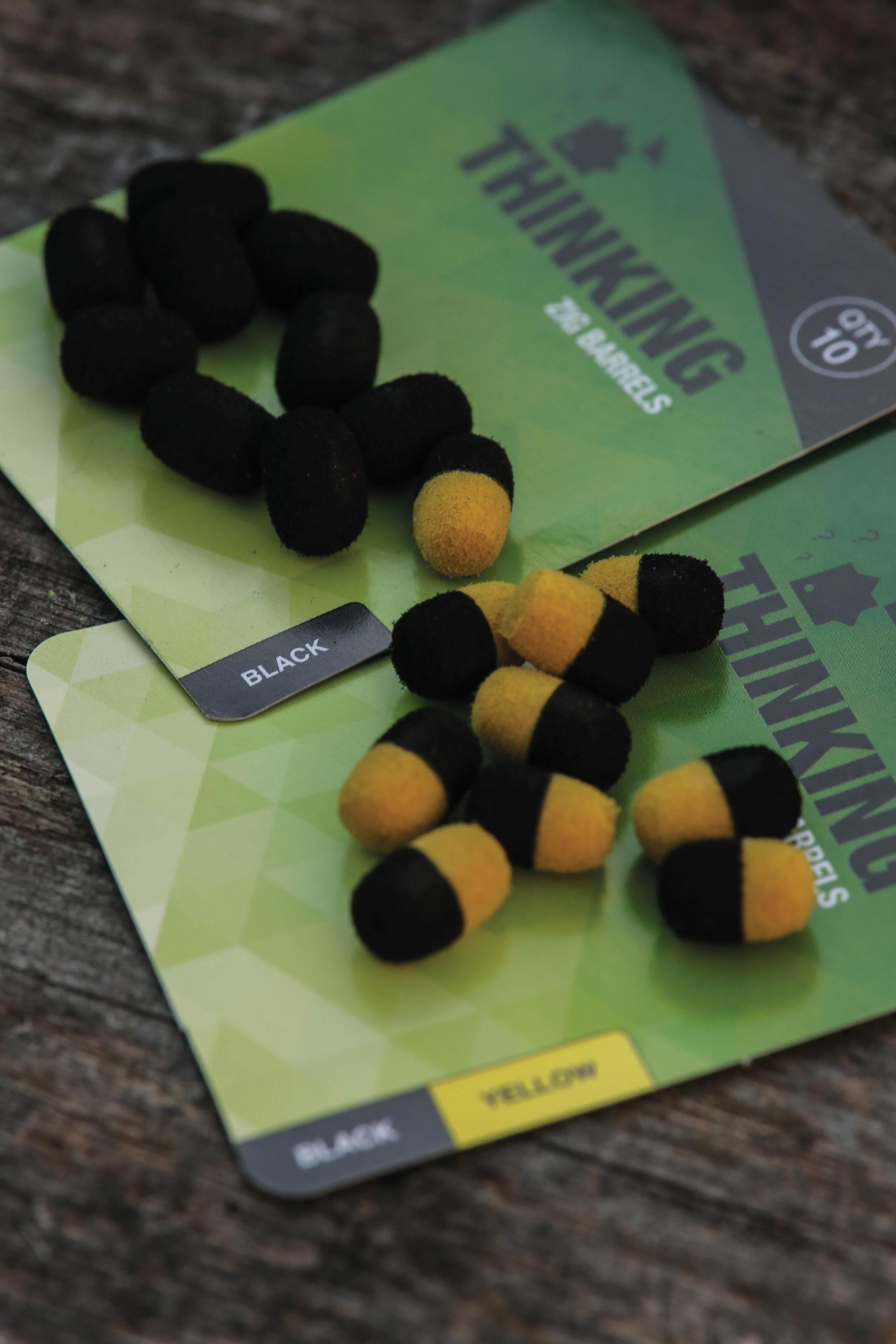
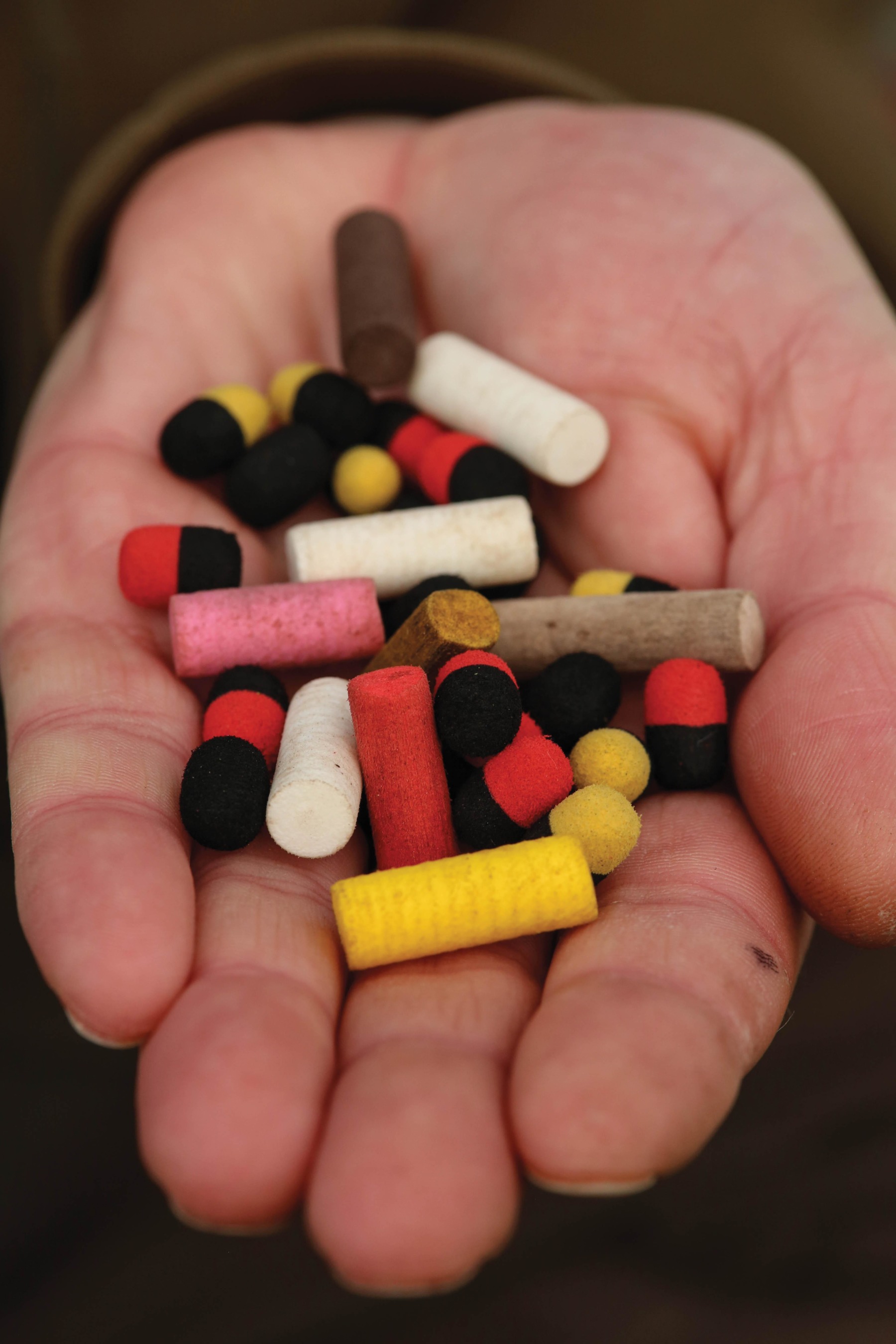
Almost parallel with this evolution came Zig hookbait systems which allowed the angler to use bigger lumps of closed-cell foam positioned tight on the back of the hook, bigger hooks and a less-refined approach. As with many modern rigs that rely on mechanics rather than finesse, the bigger hooks offered elevated hooking power. Unlike with a bottom-bait rig, they inevitably increase the likelihood of that larger, fully exposed hook nicking the odd fish as they swim through the long link. It’s a moral dilemma isn’t it, but fishing can be like that. We love them, but also fish for them…
Anyway, where was I? With a wide range of subtly adapted variants of these Zig kickers now readily available, as anglers, we have a broader scope to experiment with colour combinations, hook patterns and hook sizes. Some, like our new TA Zig Kickers, even have a feature that encourages customers to add a bit of personalised flare, with them incorporating a recess designed to take a piece of dressing, if you so wish. This could be anything from a shred of cling film which holds little air bubbles, emulating those used by emerging insects, some short sections of marker elastic, a bit of tinsel, or… well, the world’s your oyster. Realistically, it can’t hurt, especially as nowadays they tend to see more pressure from Zigs than ever before, don’t they?
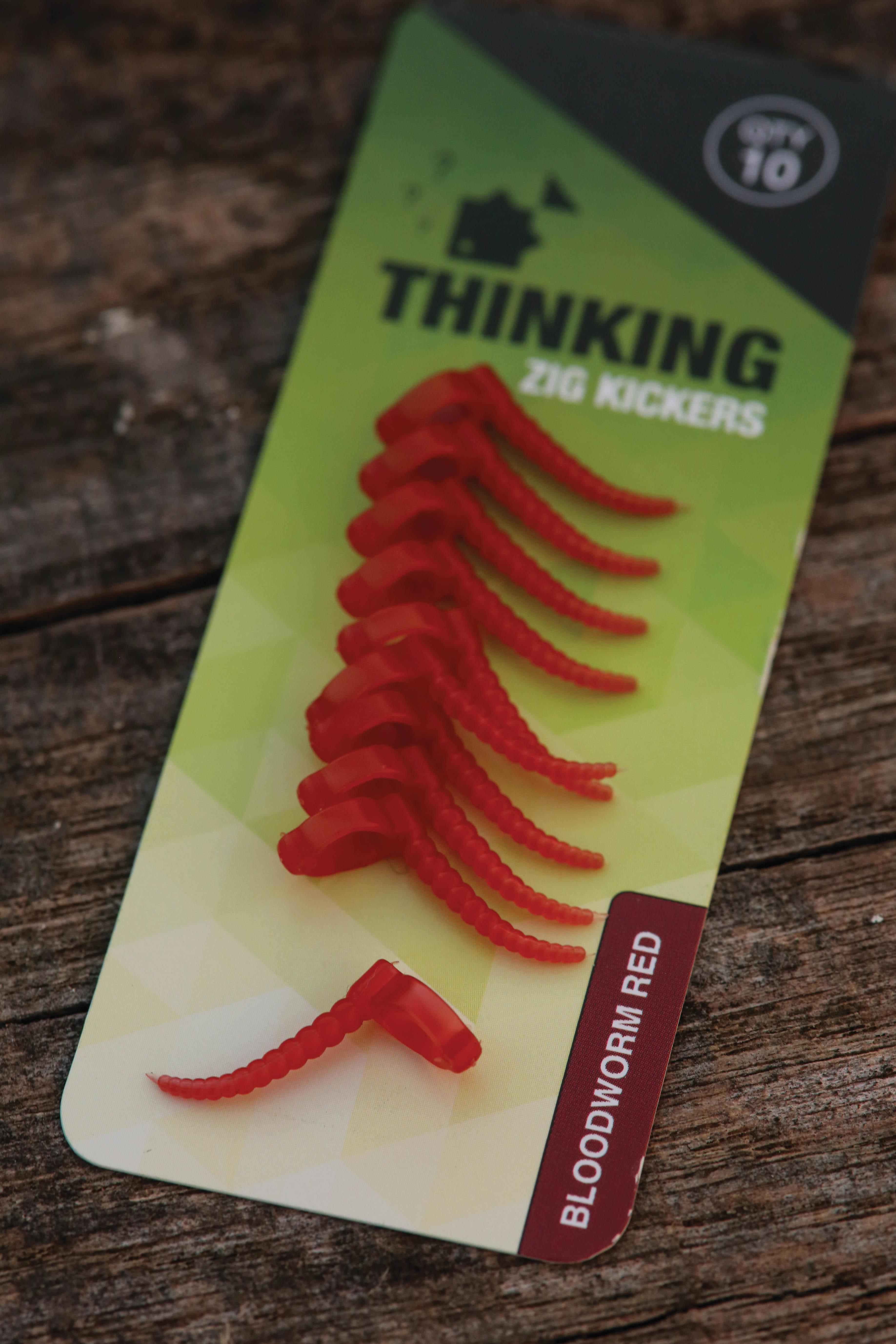
The other area which seems to have exploded is the use of attractors. The sheer volume of carp caught on foam that has been pimped with sweeteners, flavours or coloured gloops is off the scale, and it’s entirely without doubt that they add an extra dimension to the draw of the hookbait, so in the right circumstances, are deadly.
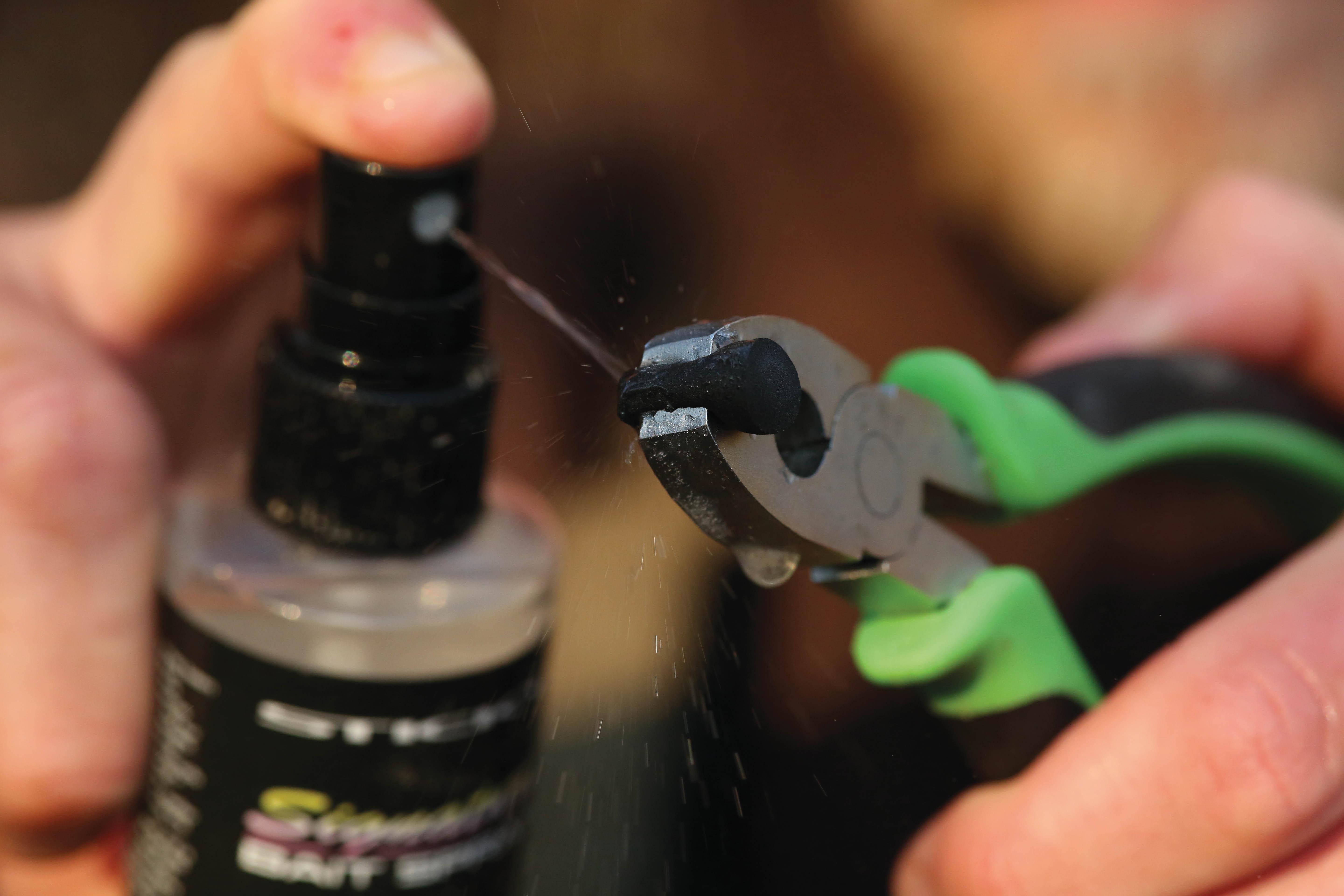
Anyone who has read previous scribed Zig articles will know that personally, I prefer flavourless hookbaits, my logic being that they only have one way of sampling the strange foreign object floating in their line of sight if there is no attractor in it. In cold water (when a carp’s eyesight is markedly less responsive), in the dark, or in coloured water, however, the benefits are incontrovertible—tipping the metaphorical scales with that extra stimulus can help the fish home in on the hookbait. Obviously, if you can also add a bit of movement, imparted by the addition of something that wriggles, then you are also adding yet another layer of stimulus to the hookbait, and another option to try when varying the hookbait.
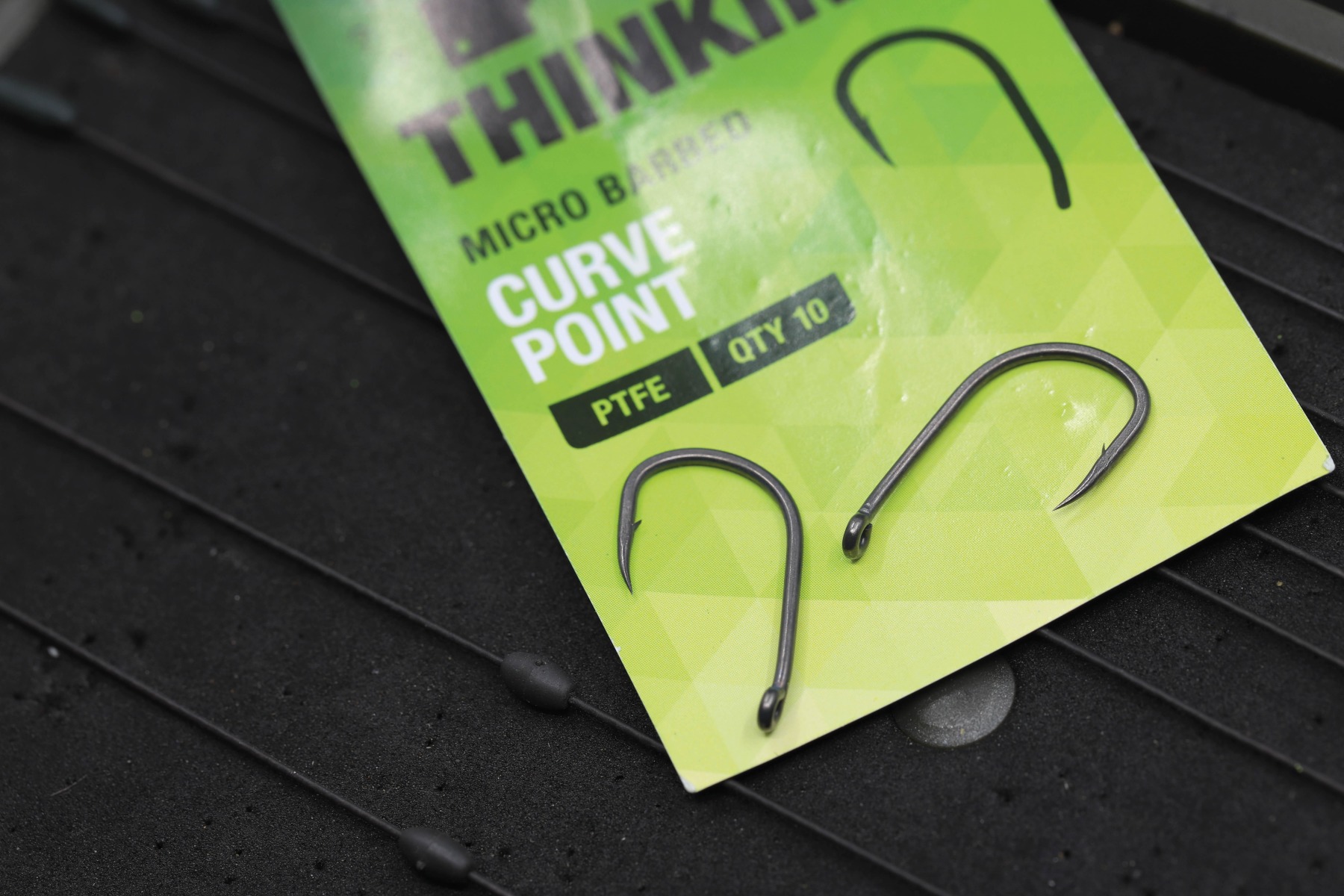
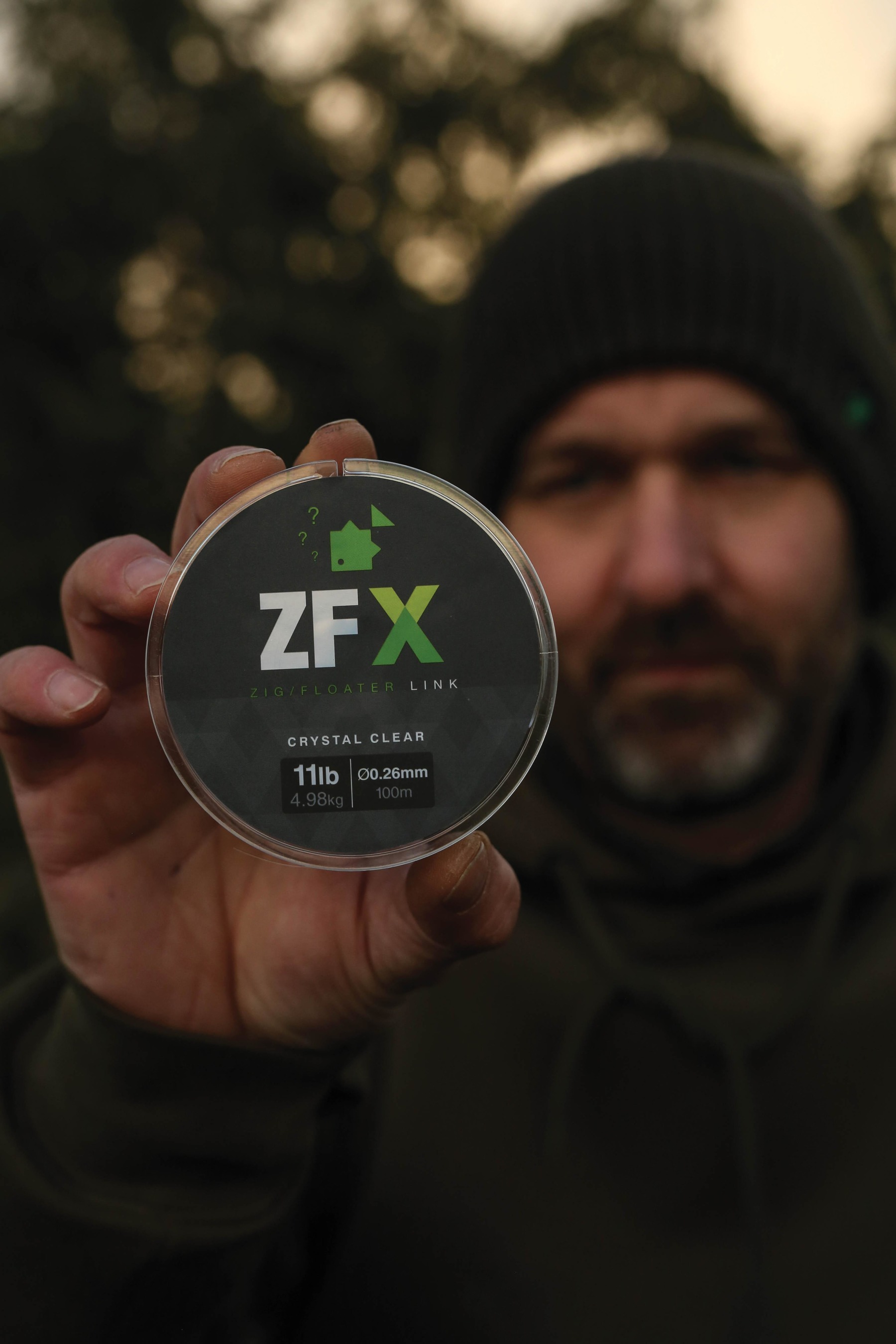
On many moderately hard venues, the application of Zigs has revolutionised winter fishing. Waters that previously shut up shop consistently, will now give up their special inhabitants in the winter and spring, during periods that would normally render fishing hookbaits on the deck, soaking away, utterly ineffectually unless feeding conditions are absolutely perfect.





